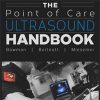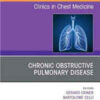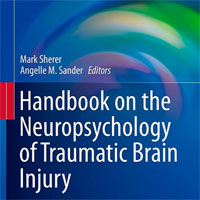Use of Biomarkers to Identify AKI to Help Detect Sepsis in Patients with Infection
journals.lww.comUse of the urinary (tissue inhibitor of metalloproteinases-2) × (insulin-like growth factor binding protein 7) test could identify acute kidney injury in patients with infection, possibly helping to detect sepsis, nearly a day before acute kidney injury (AKI) is apparent by clinical criteria.
We stratified patients enrolled in the Sapphire study into three groups—those with a clinical diagnosis of sepsis (n = 216), those with infection without sepsis (n = 120), and those without infection (n = 387) at enrollment.
We then examined 30-day mortality stratified by acute kidney injury within each group.
Finally, we determined the operating characteristics for kidney stress markers (tissue inhibitor of metalloproteinases-2) × (insulin-like growth factor binding protein 7) for prediction of acute kidney injury as a sepsis-defining organ failure in patients with infection without a clinical diagnosis of sepsis at enrollment.
Combining all groups, 30-day mortality was 23% for patients who developed stage 2–3 acute kidney injury within the first 3 days compared with 14% without stage 2–3 acute kidney injury.

















